In the field of medical injection molded parts processing, the burr problem not only affects product appearance but may also lead to cleanliness hazards, assembly difficulties, and even medical accidents. Take the case of an infusion connector produced by a medical device enterprise as an example. Due to burrs on the parting surface, seal failure occurred, ultimately resulting in a batch recall. This highlights the extreme importance of burr control. This article will comprehensively elaborate on solutions from three dimensions: process optimization, mold management, and post-processing technology, while taking into account the special requirements of the medical industry.
I. Precise Control of Process Parameters
1. Synergistic Control of Temperature, Pressure, and Speed
When processing medical-grade PC materials, the material temperature should be strictly controlled within the range of 260 - 280°C. One enterprise reduced the flash rate from 3.2% to 0.5% by installing an infrared thermometer to monitor the barrel temperature in real time. For thin-walled parts with a thickness of 0.5 mm, it is recommended to use an injection pressure of 60 - 80 MPa combined with an injection speed of 0.8 m/s.
2. Dynamic Management in the Packing Stage
Adopt a multi-stage packing process: set the first-stage packing pressure at 80% of the injection pressure and maintain it for 1.2 s; reduce it to 60% and maintain it for 0.8 s in the second stage. After applying this technology, a catheter connector manufacturer reduced the sink mark depth of the product by 0.15 mm and simultaneously avoided burr proliferation caused by excessive packing.
3. Intelligent Upgrade of the Cooling System
Install thermocouples in the mold core and use a PID controller to achieve precise temperature control within ±1°C. For complex cavity structures, adopting conformal cooling channels can improve cooling efficiency by 40%. After making this modification, a manufacturer of artificial joint components shortened the production cycle from 45 s to 32 s and reduced the burr incidence rate by 62%.
II. Lean Management of the Mold System
1. Precision Machining of the Parting Surface
Use a simultaneous five-axis machining center for mold surface machining to ensure a flatness of ≤0.005 mm. Through a combination of electrical discharge machining and polishing processes, a manufacturer of insulin pen needle holders achieved a surface roughness of Ra 0.08 μm on the parting surface, effectively suppressing the generation of 0.02 mm-level micro-burrs.
2. Dynamic Compensation of the Slide Mechanism
For half-mold structures, design a pre-compression spring system to provide a pre-compression of 0.5 - 1.0 mm during mold closing. By adding nitrogen springs, a manufacturer of endoscope lens holders reduced the clearance between slides from 0.03 mm to 0.01 mm and decreased the burr height by 80%.
3. Optimization of the Venting System
Set trapezoidal venting grooves on the parting surface, with the depth gradually changing from 0.02 mm to 0.05 mm. For fine venting holes with a diameter of <5 mm, use laser drilling technology to ensure dimensional accuracy. After optimizing the venting, a manufacturer of dialyzer end caps completely eliminated burrs caused by air entrapment and burning.
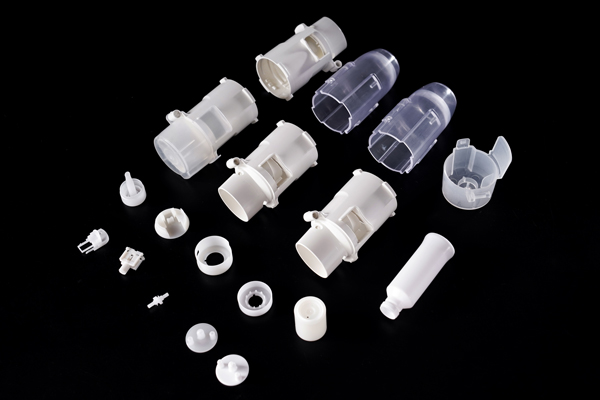
III. Innovative Applications of Post-Processing Technologies
1. Dry Ice Blasting Cleaning Technology
Use -78°C dry ice particles to impact burrs at a speed of 300 m/s. A manufacturer of cardiac stent delivery systems achieved the following results through this technology:
-
Removal efficiency: 1,200 parts/hour
-
Surface roughness: Ra 0.2 μm (better than Ra 0.8 μm achieved by traditional grinding)
-
Cleanliness: Meet the ISO 13485 standard
2. Plasma Surface Treatment
Use oxygen plasma to modify the surface of PPSU materials, reducing the bonding strength between burrs and the substrate by 75%. After applying this technology, a manufacturer of anesthesia masks reduced the manual deburring time from 45 s/part to 8 s/part.
3. Infrared Directional Heating Technology
For modified PC/ABS materials, use short-wave infrared heaters to achieve:
-
Local heating: Only heat the burr area to 180 - 200°C
-
Precise control: Heating time error < 0.1 s
-
Deformation control: Overall product dimensional change < 0.02 mm
IV. Responses to Special Requirements in the Medical Industry
1. Biocompatibility Assurance
The post-processing process must meet the following requirements:
-
Chemical residues: Comply with the ISO 10993-1 standard
-
Particle control: The number of particles ≥5 μm < 100 per cm²
-
Cleaning verification: Use the TOC detection method to ensure that the total organic carbon content < 0.5 mg/part
2. Sterilization Compatibility Design
Mold materials must meet the following requirements:
-
Ethylene oxide sterilization: Use S136H stainless steel (hardness HRC 48 - 52)
-
Gamma-ray sterilization: Use PEEK-based composite materials (tolerant to a radiation dose of 50 kGy)
-
High-pressure steam sterilization: Coat the mold surface with a DLC (diamond-like carbon) coating (no deformation at 134°C/30 min)
3. Traceability System Construction
Establish a burr control database to record:
-
Process parameter combinations
-
Mold maintenance history
-
Quality inspection data
-
Customer feedback information
After implementing this system, one enterprise reduced the recurrence rate of burr problems from 18% to 2.3% and increased the first-pass yield of products to 99.6%.
Conclusion
Burr control in medical injection molded parts is a systematic project that requires understanding material behavior at the molecular level, controlling processing accuracy at the nanometer level, and implementing intelligent production management. As the medical industry continues to develop towards minimally invasive and precision-oriented directions, burr control standards will continue to upgrade. Enterprises should establish a closed-loop management system of "prevention - monitoring - improvement" and incorporate burr control into the quality risk assessment system to gain a competitive edge in the fierce market competition.
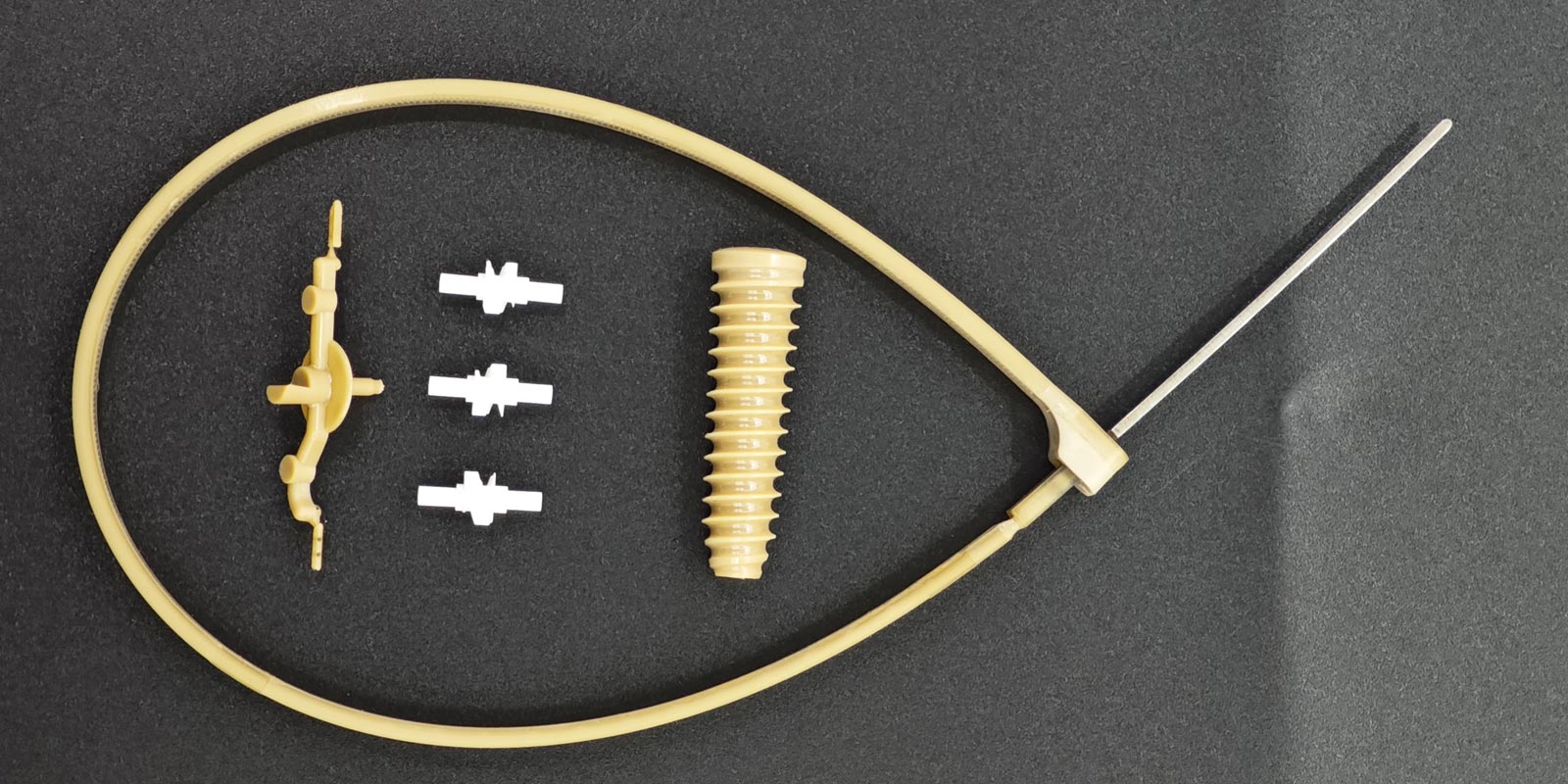
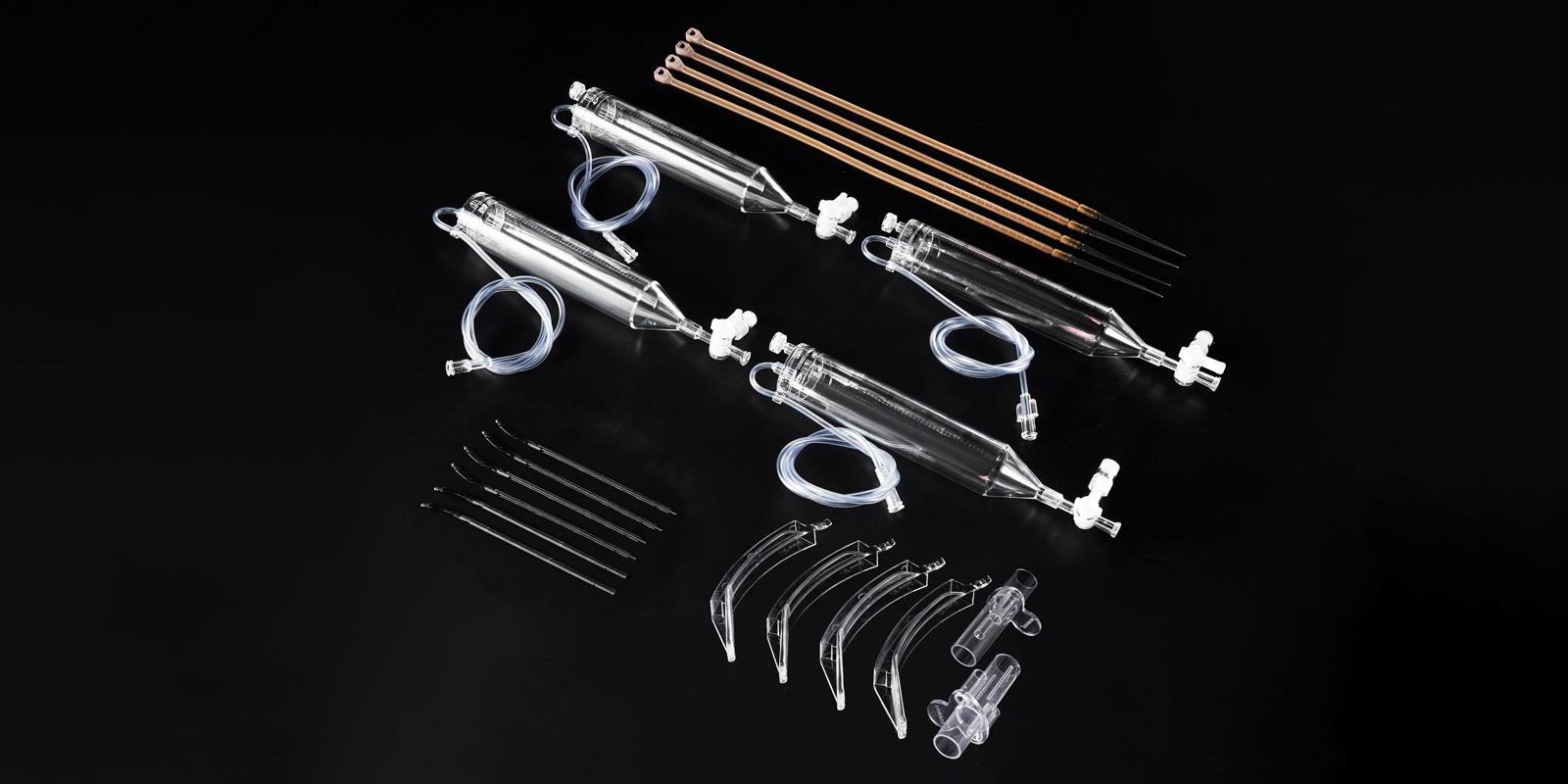
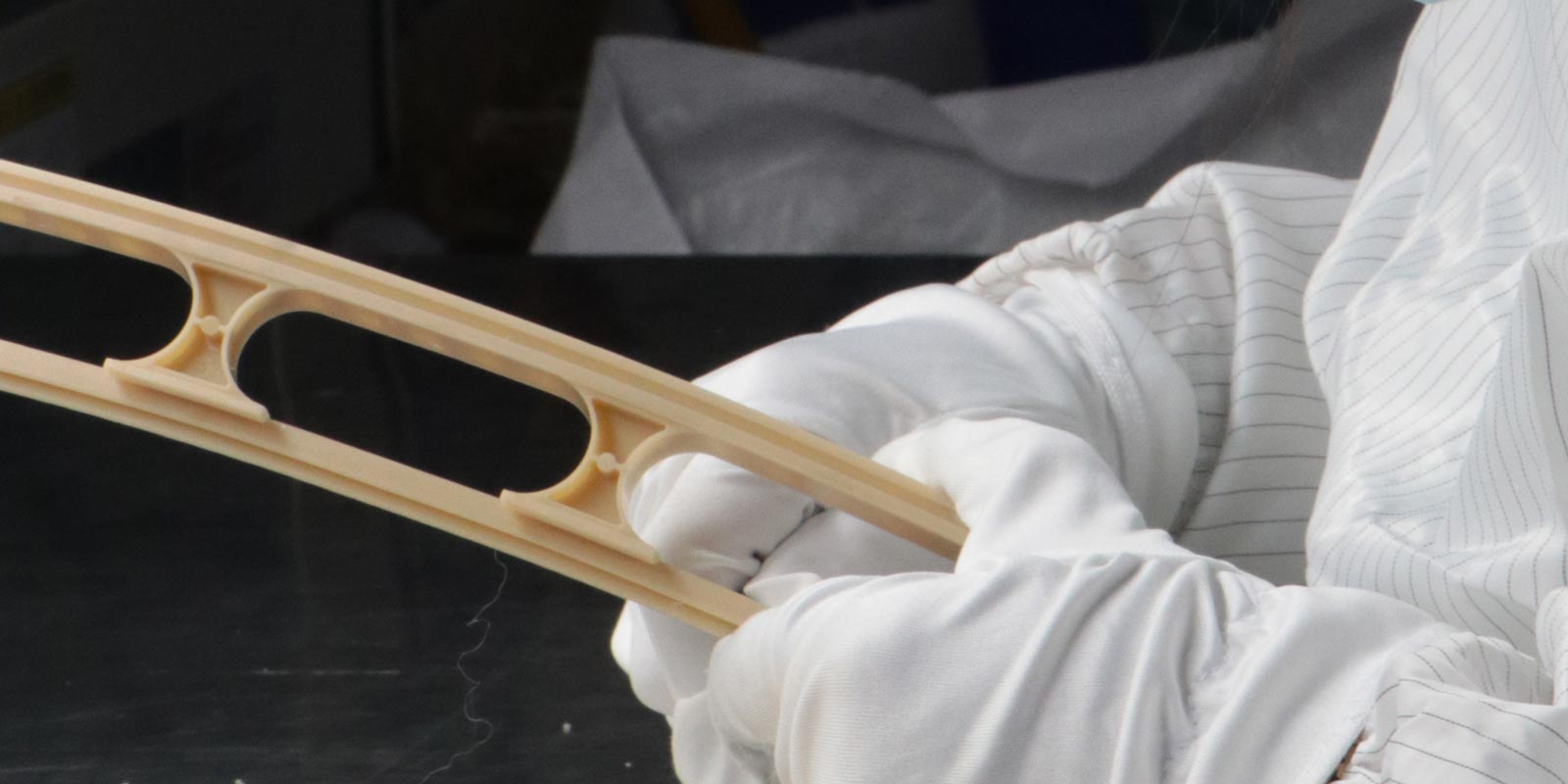
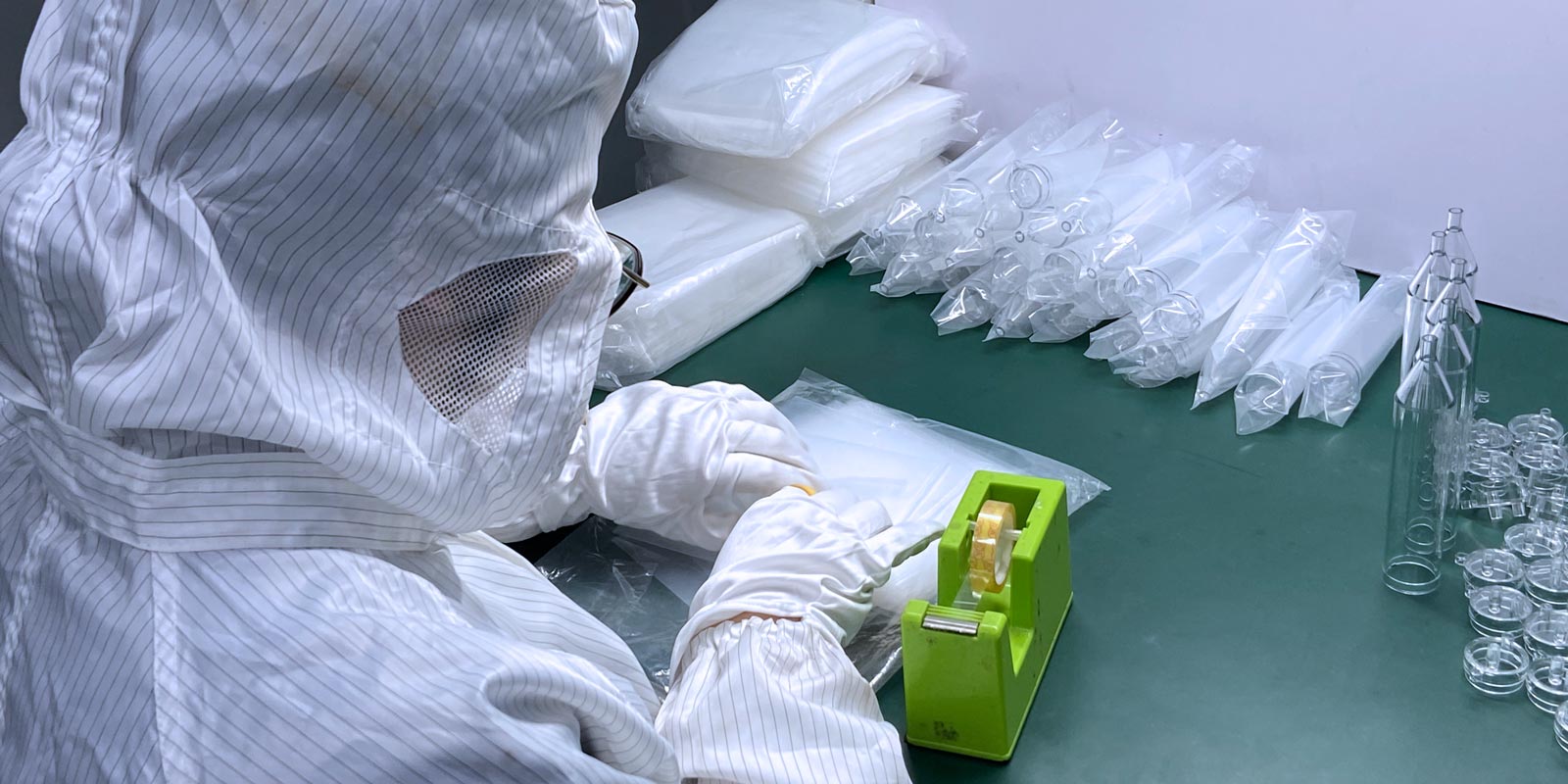
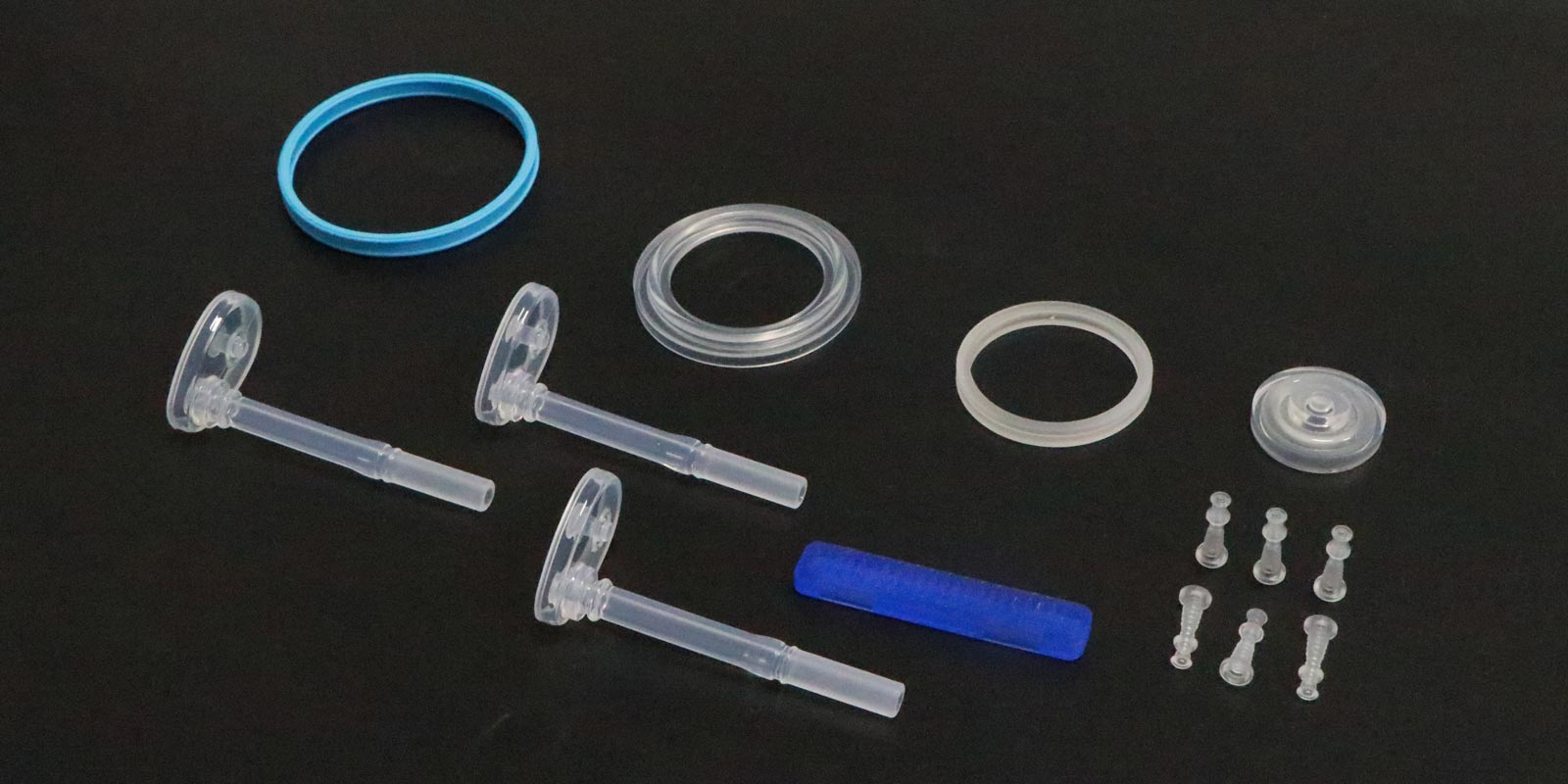

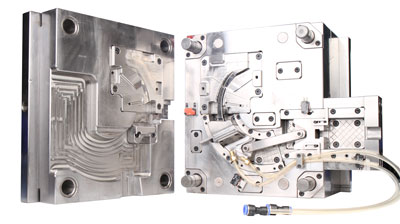
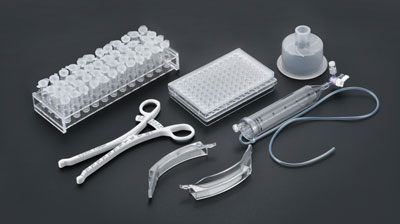
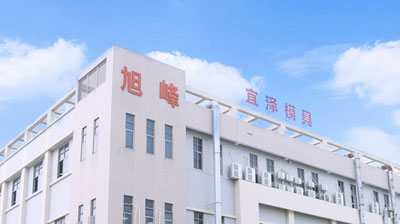







 Home
Home
